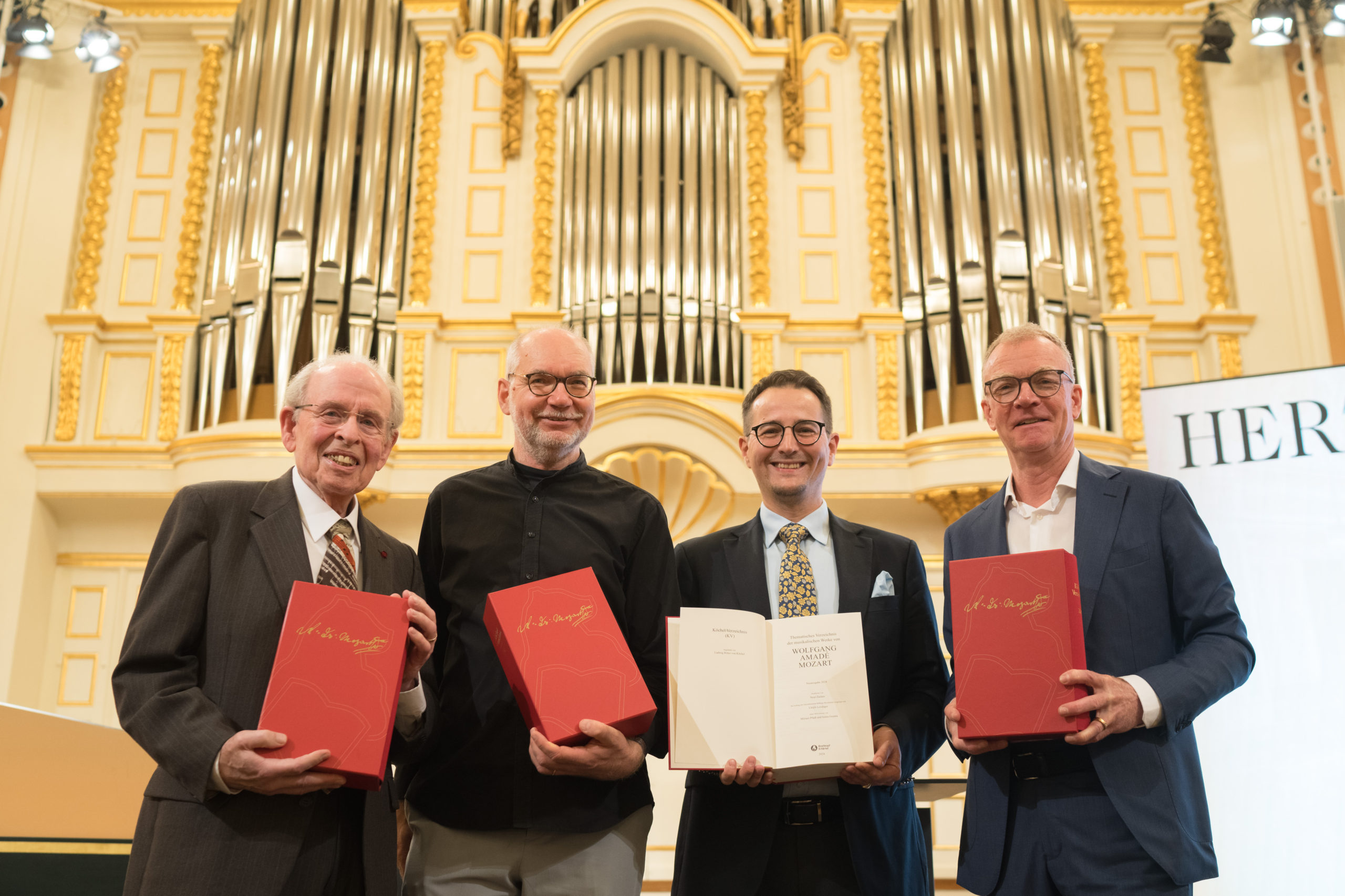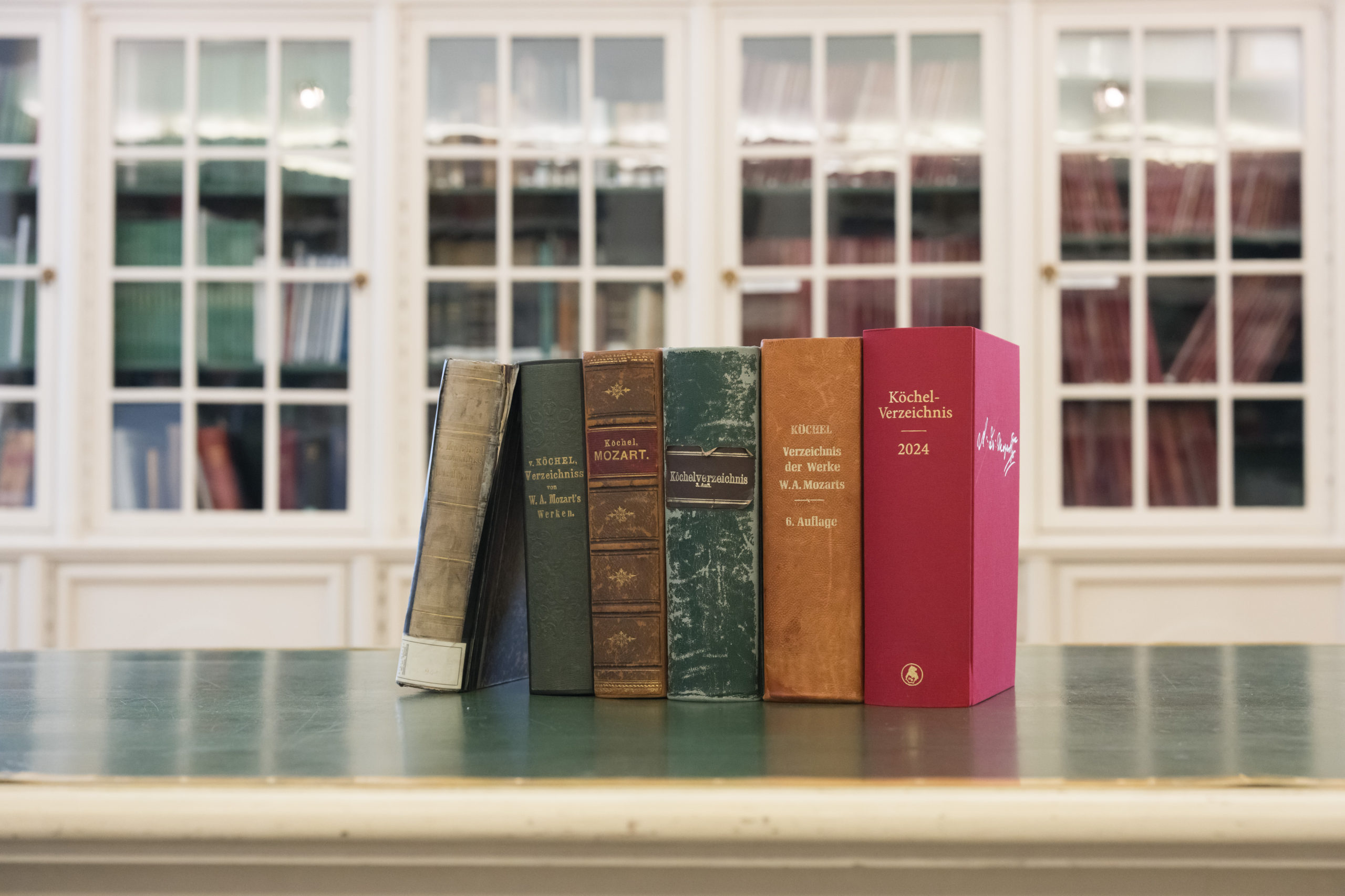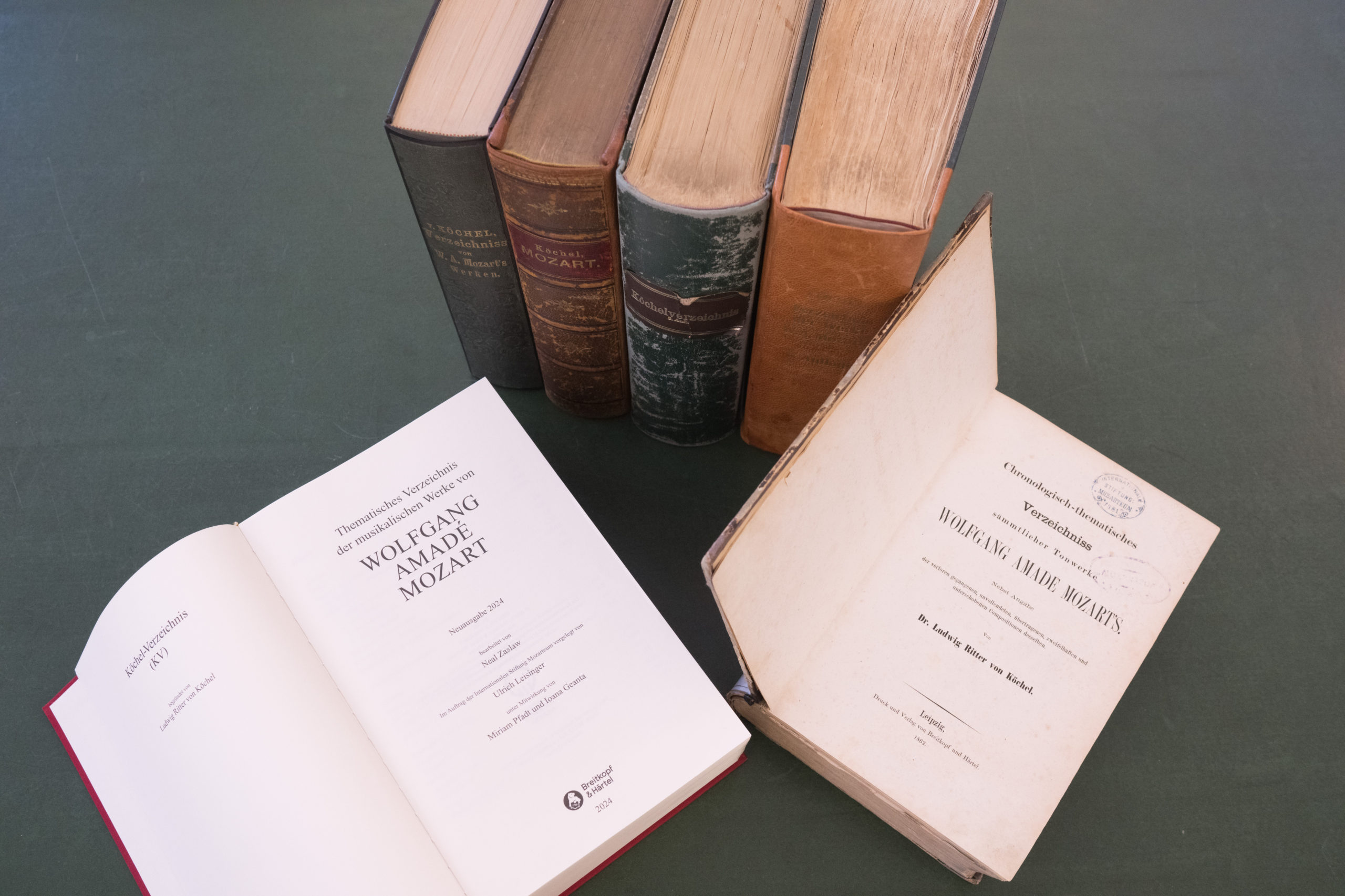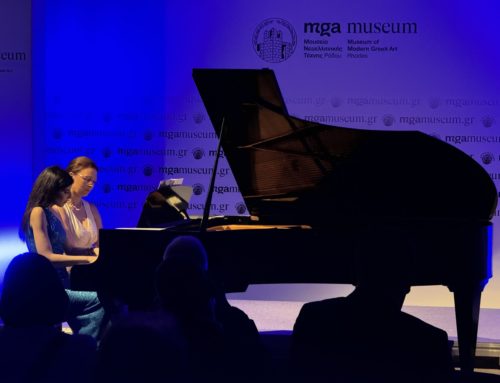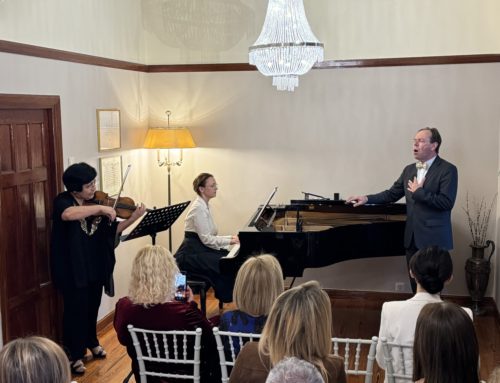It is an event that rarely happens in the world of music: today, the new edition of the Köchel-Verzeichnis, compiled from scratch over decades of work by the publishing house Breitkopf & Härtel and the International Mozarteum Foundation, has been presented in Mozart’s home town of Salzburg.
For more than 160 years, the Köchel-Verzeichnis has provided precise insight into the musical works of Wolfgang Amadé Mozart. The first edition of this catalog of works was published by Ludwig Ritter von Köchel at Breitkopf & Härtel in 1862 – a milestone in music research and a model for many later catalogs of works. In order to reflect the rapidly growing knowledge of all aspects of Mozart’s oeuvre, several new editions were subsequently published – most recently in 1964, now 60 years ago. The Köchel-Verzeichniswas thus no longer able to meet the demand for a compact and reliable presentation of the knowledge about Mozart.
Now the rich, incomparable œuvre of the great composer is newly documented and interpreted on almost 1,400 pages. The Köchel catalog originally contained 626 works in chronological order, from KV 1, the first minuet preserved in Mozart’s own handwriting, to KV 626, the Requiem, which Mozart was unable to complete due to his early death. The catalog was supplemented and expanded from the outset by various appendices. New insights into the chronology of the authentic works were reflected in new work numbers in the later editions of 1905, 1937 and 1964. The resulting number construct with countless cross-references became increasingly complicated. An additional challenge was that numbers were repeatedly inserted or deleted and compositions were moved between the main section and the appendix.
“Old” numbers and more than ninety “new” ones
One fundamental decision was to simplify the numbering. All works in the main body of the catalog are now listed under the number under which they were first listed there. For most compositions of relevance these are the numbers from the first edition of 1862, for the almost 100 Mozart fragments those from the third edition of 1937. The confusing multiple numbering has been reversed. 95 compositions which had not received their own entry in any of the previous editions of the Köchel-Verzeichnis are now numbered from KV 627 onwards. A thematic overview by work group, a concordance and a chronological overview facilitate access. The Köchel-Verzeichnis now once again offers all musicians, scholars and Mozart aficionados a detailed overview of Wolfgang Amadé Mozart’s oeuvre.
The new Köchel-Verzeichnis in key points:
• is based on the latest results of international Mozart research
• goes back to Köchel’s original numbering from 1862
• contains new entries in the main section from KV 627 for 95 works, mainly fragments and lost compositions by Mozart, which were missing in the previous editions or only mentioned in passing
• provides an overview of Mozart’s arrangements of other works, cadenzas to his own and other works as well as studies, teaching material and all other musical notes in newly structured appendices
• provides information on misattributions
• is indexed by a thematic overview, numerous indices and an extensive bibliography
• has 1,392 pages and weighs just under three kilograms
The discovery of new works by Mozart
A number of new works by Mozart were discovered while this new edition was in preparation. Some of these were already known to exist and so a place had been kept for them in earlier editions. This was the case, for example, with the aria Per la ricuperata salute di Ofelia KV 477a (also known as the Freudenlied, or Song of Joy), the aria Die neugeborne Ros entzückt KV 365a and the keyboard piece KV 626b/16 (now KV Anh. A 66), that was trailed in 2021 as “Ninety-Four Seconds of New Mozart”. Since 2006, when the world celebrated the 250th anniversary of his birth, several keyboard pieces by the young Mozart have come to light or been identified as authentic. These include his first concerto movement, which was entered in his sister Nannerl’s Notebook without any indication as to its authorship (KV 636), and a “Serenate ex C” in the Music Library of the Leipzig Municipal Libraries, which has similarly been identified as an early work by Mozart. This previously ignored Trio in C major for two violins and bass is included in the revised Köchel as KV 648. Consisting of seven miniature movements for string trio, it lasts a total of ten minutes. It seems likely that Mozart wrote this short composition for his sister before his 13th birthday.
The new Köchel is now also accessible in a digital format
To mark the launch of Breitkopf & Härtel’s printed edition, the Mozarteum Foundation is presenting the first stage of a new digital platform, Köchel digital, which provides all interested parties with easy access to Mozart’s works and to the new Köchel Catalog. In this way we can ensure that people all over the world who would otherwise find it difficult to obtain a printed copy of Köchel are to find out about the most important research in this field, notably on questions of dating, authenticity and the transmission of the original manuscripts. Köchel digital is available at https://kv.mozarteum.at/en and offers basic information from the printed edition in combination with the research that has been conducted over the years by the Mozarteum Foundation within the framework of the Digital Mozart Edition, a joint project undertaken by the International Mozarteum Foundation and the Packard Humanities Institute in Los Altos, California. Users will find databases relating to the works and their sources and to all the relevant persons. The entries are linked to the NMA Online, to the Digital Interactive Mozart Edition and to various sound recordings. Köchel digital is another important step on the road to a Mozart portal based at the International Mozarteum Foundation in Salzburg and available to the general public. The digital combination of the new Köchel as a comprehensive and reliable source of information and a digital resource that is easy to use will allow all interested parties and all lovers of Mozart’s music to have free access to the most up-to-date information on Mozart’s works. Köchel digital is available in English.
Photo from the left: Neal Zaslaw (Cornell University), Ulrich Leisinger (Director of Research, Mozarteum Foundation), Nick Pfefferkorn (Publisher Breitkopf & Härtel), Johannes Honsig-Erlenburg (President Mozarteum Foundation)
https://mozarteum.at/en/press-releases?pressId=the-new-koechel

